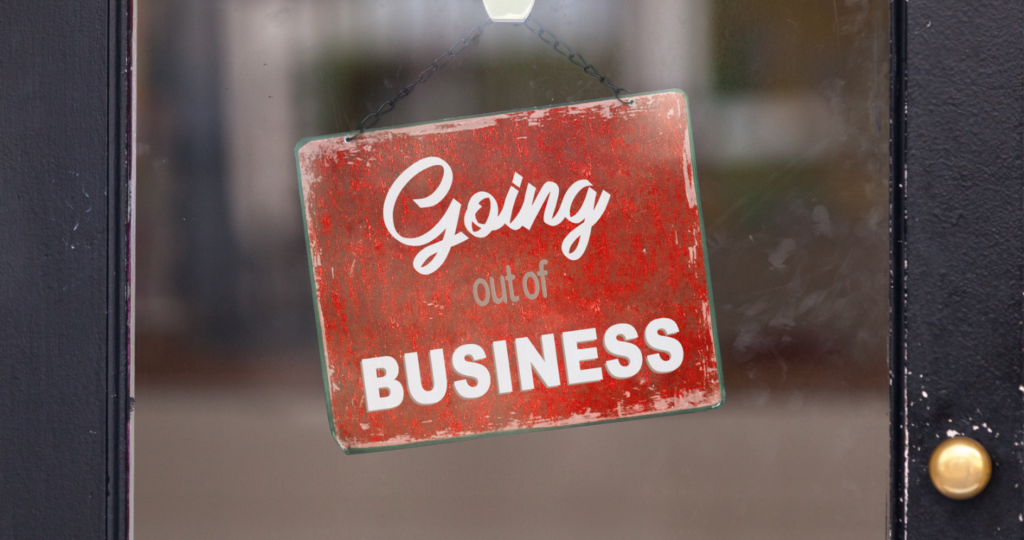Bank run
/ˈbängk rənˈ/ noun when many clients withdraw their money from a bank because they believe the bank may fail in the near future.
Unless you’ve been living under a rock — which is understandable given how high rent and mortgage rates are — I’m sure you’ve caught wind of the ongoing banking crisis.
It has a lot of people wondering how it happens, why it’s happening and whether or not the bank they use is safe. But before we dive into that …
Take Our Poll
We want you to be engaged and help shape our content. What better way of doing that than you telling us what you want to read about?
Click or tap here to access our Google Form and rank several topics to tell us what we should write about in our upcoming issues of The 101 and The Big Idea.
Why Banks Fail
It’s alway fun to throw Jim Cramer under a bus since anything he endorses as a good investment is typically worth taking out a second mortgage and betting against. (Also, if you don’t know who Jim Cramer is, consider yourself blessed.)
On March 10, Cramer called First Republic a “very good bank.” From that date to when the bank announced it was insolvent on April 26, shares plummeted 95%!
Before First Republic, it was Silicon Valley Bank and Signature Bank. And last week, PacWest Bankcorp joined the parade after its shares dropped 90% from its year-to-date high.
But, as much as we’d like it to be, this isn’t Cramer’s fault. The issue is multidimensional, but the most significant factors are twofold and intimately connected: (1) liquidity and (2) bank runs.
How Banks Fail
Generally, these aren’t household names like Bank of America (BAC), though big banks aren’t impervious to failures as we saw in 2008’s financial crisis.
The current iteration involves small-to-medium sized regional banks often operating in niche markets. In the case of Silicon Valley, it was heavily involved in venture capital with many of its accounts exceeding the $250,000 FDIC-threshold. Signature Bank was heavily involved in crypto.
But the reason these banks are failing — in its most simple terms — is that they aren’t able to satisfy depositors who want to withdraw their money.
Why? Because as the Federal Reserve has been aggressively hiking interest rates since last year in order to combat inflation, industries that benefit from higher rates want to take advantage of them.
As much as we enjoy envisioning Scrooge McDuck diving into his vault of coins, that’s not how banks operate. They make money from lending our money to others.
When we make a deposit, it doesn’t sit around waiting for us to use it. Banks leverage deposits as loans upon which they profit from higher interest rates.
And when banks’ loan-to-deposit ratios — a measure of liquidity — get too high, they can’t repay depositors who want their hard-earned cash back. That, in turn, sparks a bank run and puts these institutions at risk of failing.
Make Sure You’re Safe
This likely isn’t a repeat of 2008. Nonetheless, there are measures you should take to ensure your money is safe:
- Never exceed the FDIC-limit of $250,000 in a single account, thereby ensuring your money will be returned even if the bank fails ($500,000 for married couples who open a joint account).
- Use independent bank ratings to learn if your bank is at risk.
- And look into money market accounts, which are also FDIC-insured and provide significantly better interest rates than regular bank accounts do.
One Last Thing
Don’t forget to visit our archive and catch up on anything you’ve missed. We’ll be back in touch next week.
Until next time,
Team Rise & Hedge

